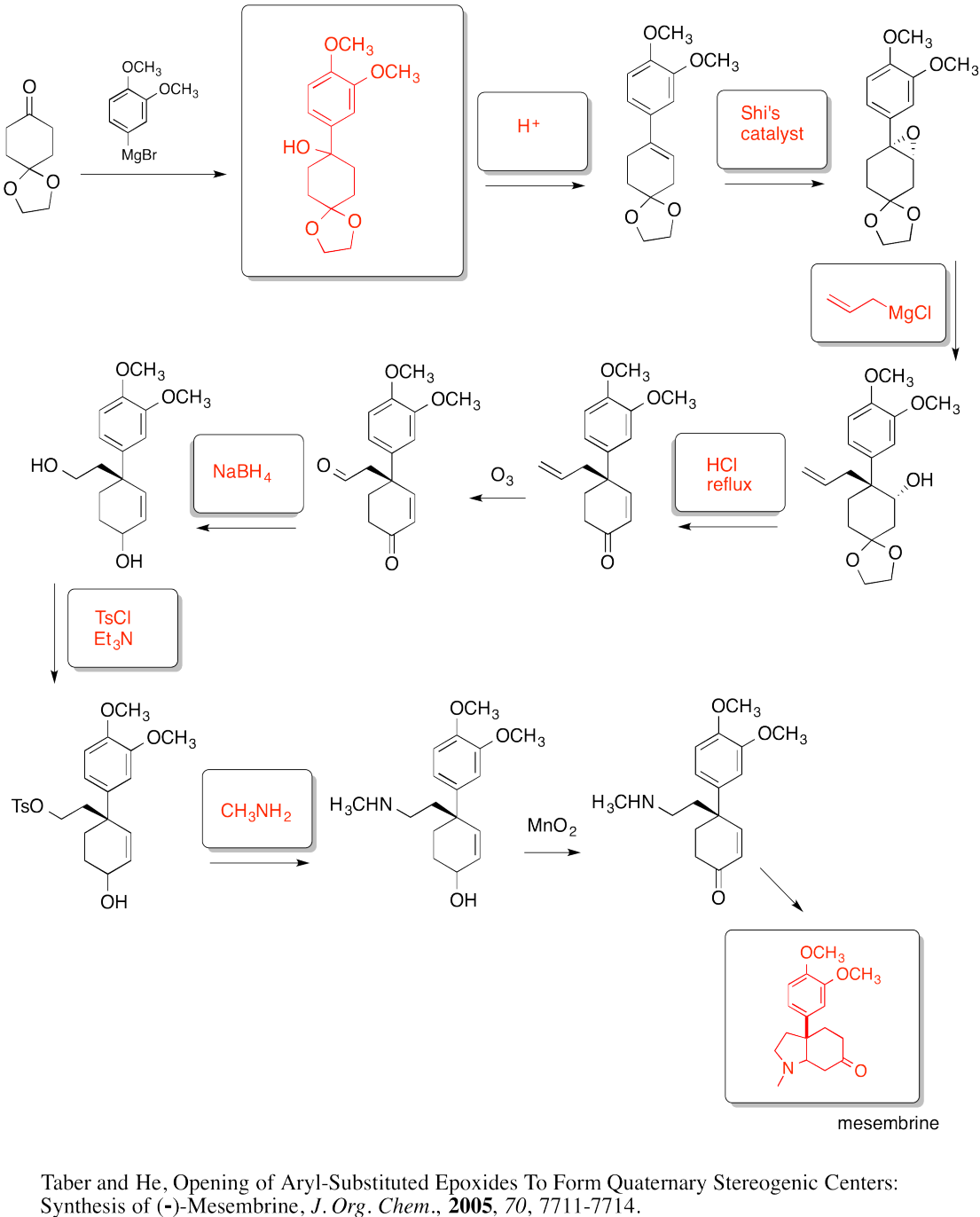

Book of Abstracts, ACS Nat Meeting, p 217ĭarkwa J, Olojo R, Chikwana E, Simoyi RH (2004) Antioxidant chemistry: oxidation of l-cysteine and its metabolites by chlorite and chlorine dioxide. Appl Environ Microbiol 70:4740–4747Ĭhinn R, Barrett S (1999) Occurrence of amino acids in drinking water sources.

J Org Chem 47:892–893īuttner MP, Cruz P, Stetzenback LD, Klima-Comba AK, Stevens VL, Cronin TD (2004) Determination of the efficacy of two building decontamination strategies by surface sampling with culture and quantitative PCR analysis. Environ Sci Technol 42:5492–5498īurrows EP, Rosenblatt DH (1982) Conversion of acyclic amines to amides by chlorine dioxide.
#CHLORINES REACTIVITY FREE#
Water Chlor Environ Impact Health Eff 4:85–96īoreen AL, Edhlund BL, Cotner JB, McNeill K (2008) Indirect photodegradation of dissolved free amino acids: the contribution of singlet oxygen and the differential reactivity of DOM from various sources. Inorg Chem 47:2205–2211īieber TI, Trehy MJ (1983) Dihaloacetonitriles in chlorinated natural waters. Ozone Sci Eng 4:169–176īakhmutova-Albert EV, Margerum DW, Auer JG, Appelgate BM (2008) Chlorine dioxide oxidation of dihydronicotinamide adenine dinucleotide (NADH). Ind Eng Chem Res 46:5286–5294īader H, Hoigne J (1982) Determination of ozone in water by the indigo method a submitted standard method. The oxidation of the biochemically important compounds bovine serum albumin and glucose-6-phosphate dehydrogenase by ClO 2 suggests a denaturing of proteins by ClO 2 by an attack on tryptophan and tyrosine residues and relates to the inactivation of microbes by ClO 2.Ībdelmoez W, Nakahasi T, Yoshida H (2007) Amino acid transformation and decomposition in saturated subcritical water conditions. Excess molar amounts of ClO 2 relative to amino acids are associated with the production of low molecular weight compounds. Products of ClO 2 oxidation differ with the presence or absence of oxygen in the reaction mixture. For reactions of histidine, tryptophan, and tyrosine with ClO 2, products vary depending largely on the molar ratios of ClO 2 with the specific amino acid. The rate constants vary from 10 −2 to 10 7 M −1 s −1 and follow an order of reactivity: cysteine > tyrosine > tryptophan > histidine > proline. Only a few amino acids have been reported to be reactive with ClO 2, and they have been found to follow second-order kinetics for the overall reaction.

The kinetics and products of the reactions are reviewed. Here, we present an overview of the aqueous chemistry of ClO 2 and its reactivity with amino acids, peptides, and proteins. Because ClO 2 is a promising alternative to other chlorine-containing disinfectants, the chemistry of ClO 2 interactions with amino acids, proteins, and peptides should be understood to ensure the safety of potable water supplies. The main advantage of using chlorine dioxide (ClO 2) over other known chlorine-containing disinfectants is the minimization of the formation of harmful trihalomethanes. Chlorination and chloramination of water containing natural organic matter is known to result in the production of toxic substances, often referred to as disinfection byproducts. They can form harmful byproducts during water treatment by reaction with disinfectants. Amino acids, proteins, and peptides are found ubiquitously in waters.


 0 kommentar(er)
0 kommentar(er)
